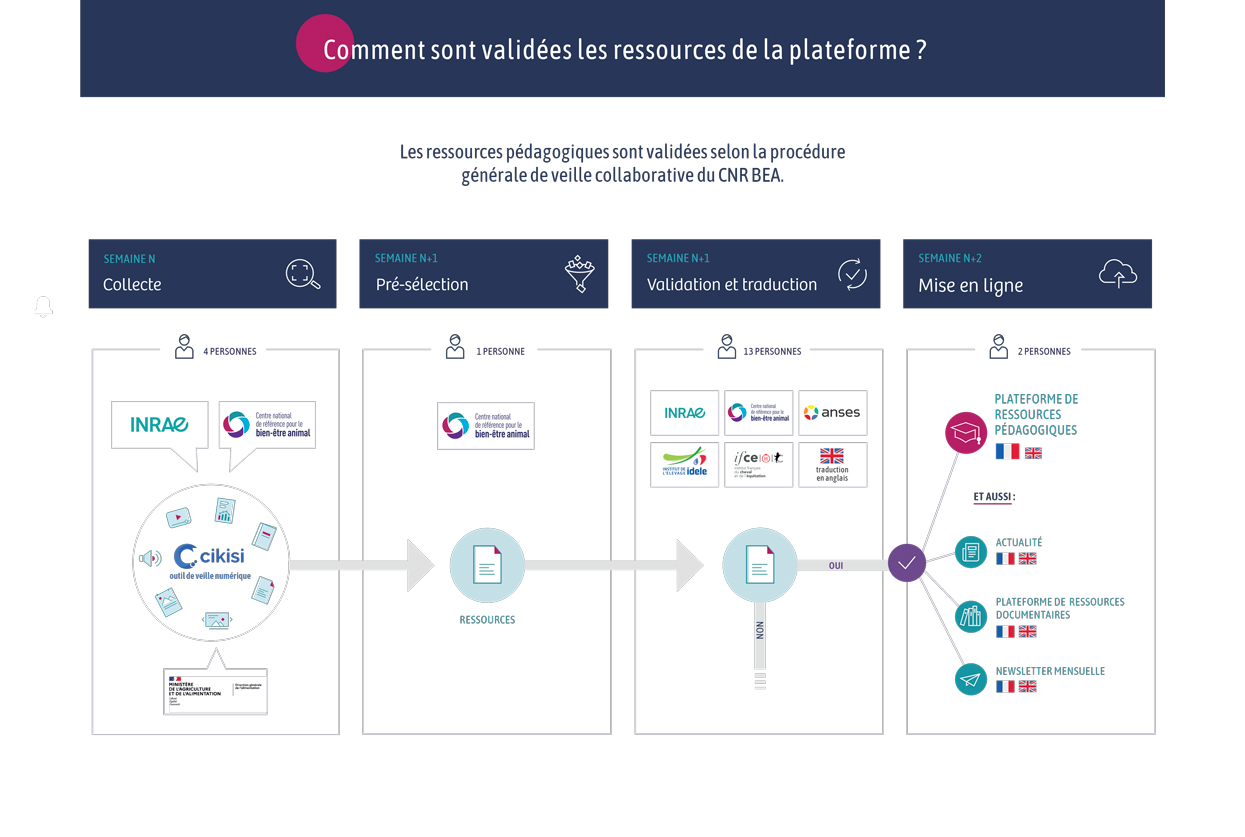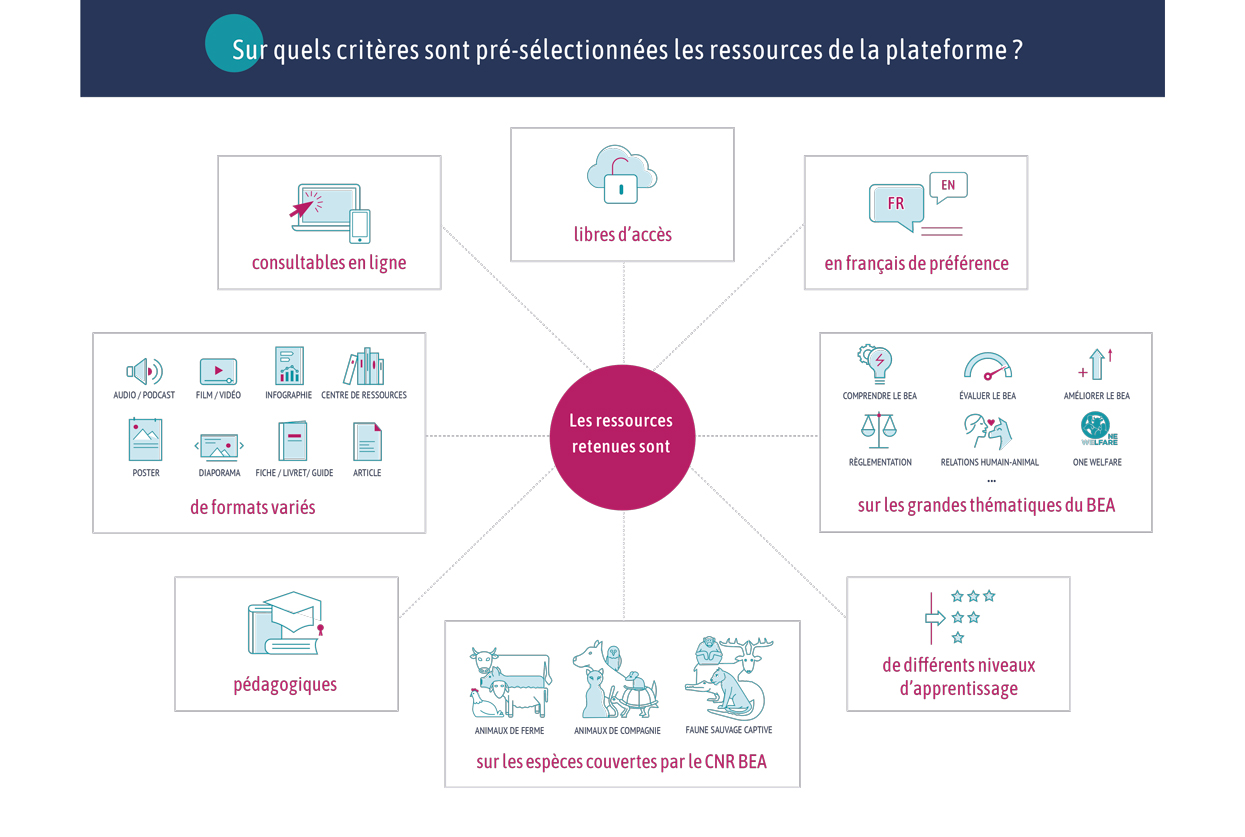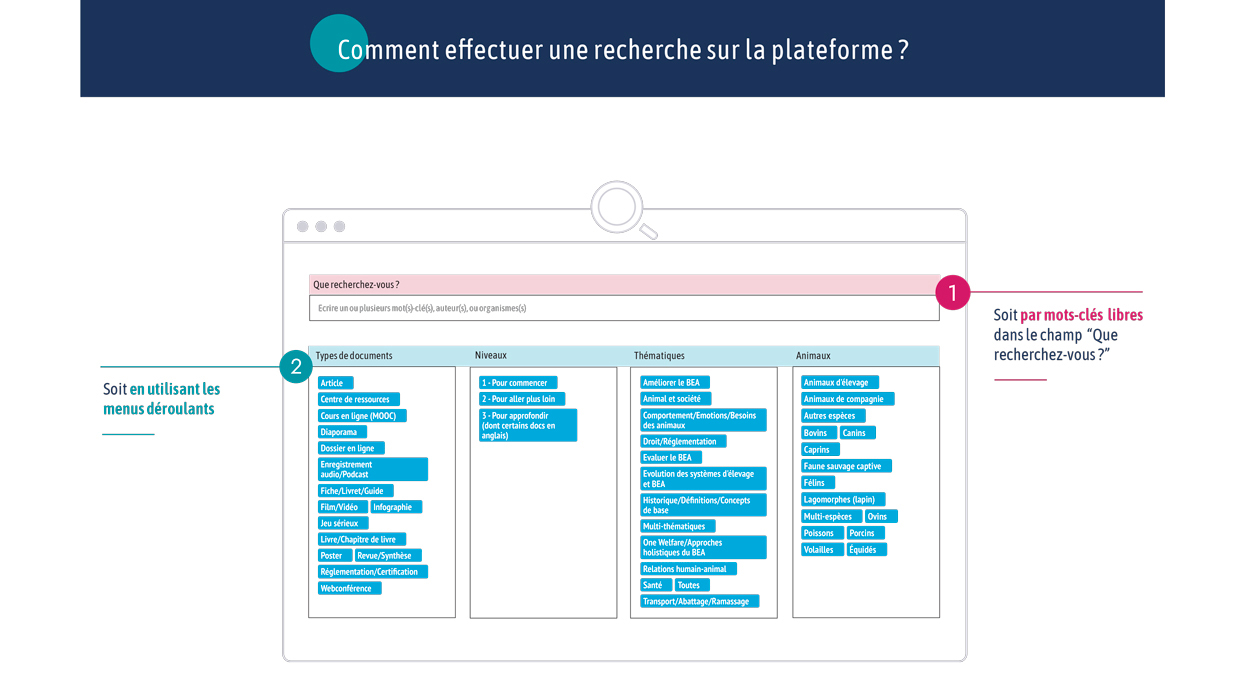Type de document : article scientifique publié dans Science Reports 10, 4289 (2020)
Auteurs : Robert M. Hyde, Peter M. Down, Andrew J. Bradley, James E. Breen, Chris Hudson, Katharine A. Leach, Martin J. Green
Résumé en français (traduction) : La mammite chez les bovins laitiers est extrêmement coûteuse, tant en termes économiques que de bien-être, et constitue l’un des principaux facteurs d’utilisation des antimicrobiens. Une étape cruciale dans la prévention de la mammite est le diagnostic de la principale voie de transmission des agents pathogènes, par contagion dans la salle de traite (CONT) ou via l’environnement (ENV), l’environnement étant subdivisé en transmission pendant la période de tarissement (TAR) ou la période de lactation (LACT). En utilisant les données de 1000 fermes, des algorithmes random forest ont permis de reproduire avec un haut degré de précision les diagnostics complexes effectués dans les troupeaux par des cliniciens vétérinaires spécialisés. Une précision de 98 %, une valeur prédictive positive (PPV) de 86 % et une valeur prédictive négative (NPV) de 99 % ont été obtenues pour le diagnostic de la CONT par rapport à la ENV (avec la CONT comme diagnostic « positif »), et une précision de 78 %, une PPV de 76 % et une NPV de 81 % pour le diagnostic de la LACT par rapport à la TAR (avec la TAR comme diagnostic « positif »). Un outil de diagnostic précis et automatisé de la mammite présente un grand potentiel pour aider les vétérinaires cliniciens non spécialisés à établir un diagnostic rapide à l’échelle du troupeau et à mettre rapidement en œuvre des mesures de contrôle appropriées pour une maladie extrêmement dommageable en termes de santé animale, de productivité, de bien-être et d’utilisation d’antimicrobiens.
Résumé en anglais (original) : Mastitis in dairy cattle is extremely costly both in economic and welfare terms and is one of the most significant drivers of antimicrobial usage in dairy cattle. A critical step in the prevention of mastitis is the diagnosis of the predominant route of transmission of pathogens into either contagious (CONT) or environmental (ENV), with environmental being further subdivided as transmission during either the nonlactating “dry” period (EDP) or lactating period (EL). Using data from 1000 farms, random forest algorithms were able to replicate the complex herd level diagnoses made by specialist veterinary clinicians with a high degree of accuracy. An accuracy of 98%, positive predictive value (PPV) of 86% and negative predictive value (NPV) of 99% was achieved for the diagnosis of CONT vs ENV (with CONT as a “positive” diagnosis), and an accuracy of 78%, PPV of 76% and NPV of 81% for the diagnosis of EDP vs EL (with EDP as a “positive” diagnosis). An accurate, automated mastitis diagnosis tool has great potential to aid non-specialist veterinary clinicians to make a rapid herd level diagnosis and promptly implement appropriate control measures for an extremely damaging disease in terms of animal health, productivity, welfare and antimicrobial use.






